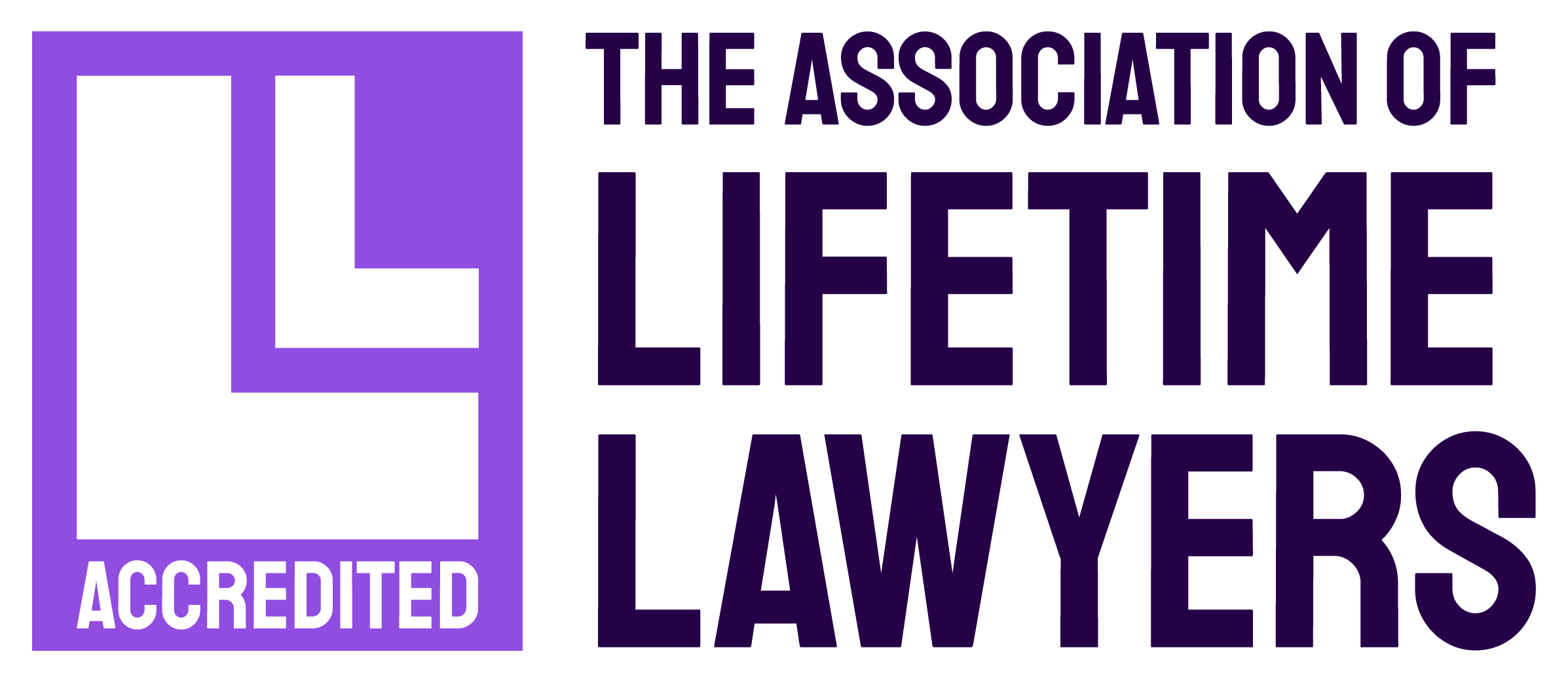There are two ways in which a settlement agreement can be proposed to an employee:
- ‘Without prejudice’ conversation – if there is a pre-existing dispute between an employee and employer (i.e. grievance in place or disciplinary proceedings on-going) then the employee can be invited to a meeting with a representative of the company on a ‘without prejudice’ basis. That is to say that the conversation within that meeting, discussing potential exit terms will ordinarily not be capable of disclosure in a tribunal or court room should the parties end up embroiled in litigation.
- Protected conversation – in accordance with section 111A Employment Rights Act 1996 the employer or the employee can make a request for a protected conversation to take place without the need for there to be a pre-existing dispute. This can be an effective mechanism to avoid situations escalating when either party sees little future with the other. Please be aware that a protected conversation will not be ‘protected’ in the following circumstances:
- Where there is a claim relating to an automatically unfair reason such as whistleblowing, union membership or asserting a statutory right.
- Where there is a claim concerning discrimination, harassment, victimisation or any other behaviour prohibited by the Equalities Act 2010.
- Where there are claims relating to breach of contract or wrongful dismissal.
- Where there has been improper behaviour on the part of the employer. If there is improper behaviour then anything said or done in the context of the pre-termination discussions could be used in evidence. It will be for the tribunal to determine whether behaviour is improper in the circumstances of any case, but Acas has provided that examples include, but are not limited to, the following: “Unambiguous impropriety” under the “without prejudice” principle, e.g. fraud, perjury or blackmail perpetrated by the employer
- All forms of harassment, bullying and intimidation
- Physical assault or the threat of
- Discrimination because of any of the protected characteristics under the Equality Act 2010.
- Undue influence applied on the employee, e.g. an employer informing the employee that they will be sacked if they do not accept the settlement proposal, or rushing the employee’s consideration of the proposal (Acas recommends the employee is given 10 days to consider any proposal).
Any offer under a settlement agreement needs to reflect the circumstances and the risk of litigation posed to the business. Decisions around financial offers need to be commercially based but also attractive enough to encourage an employee to accept.















